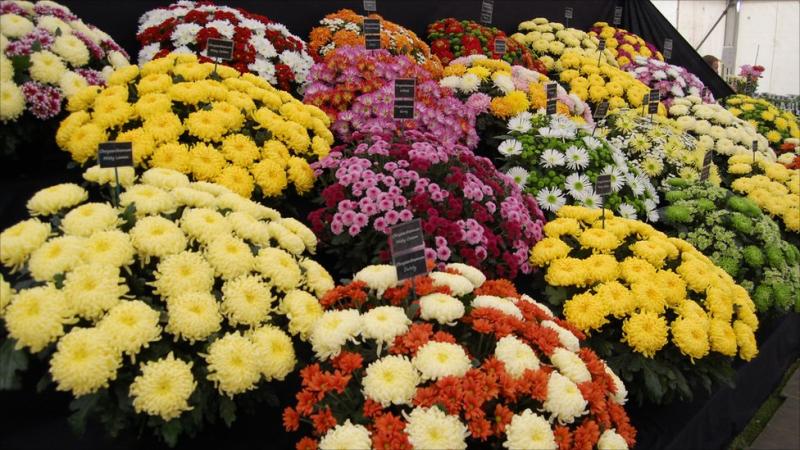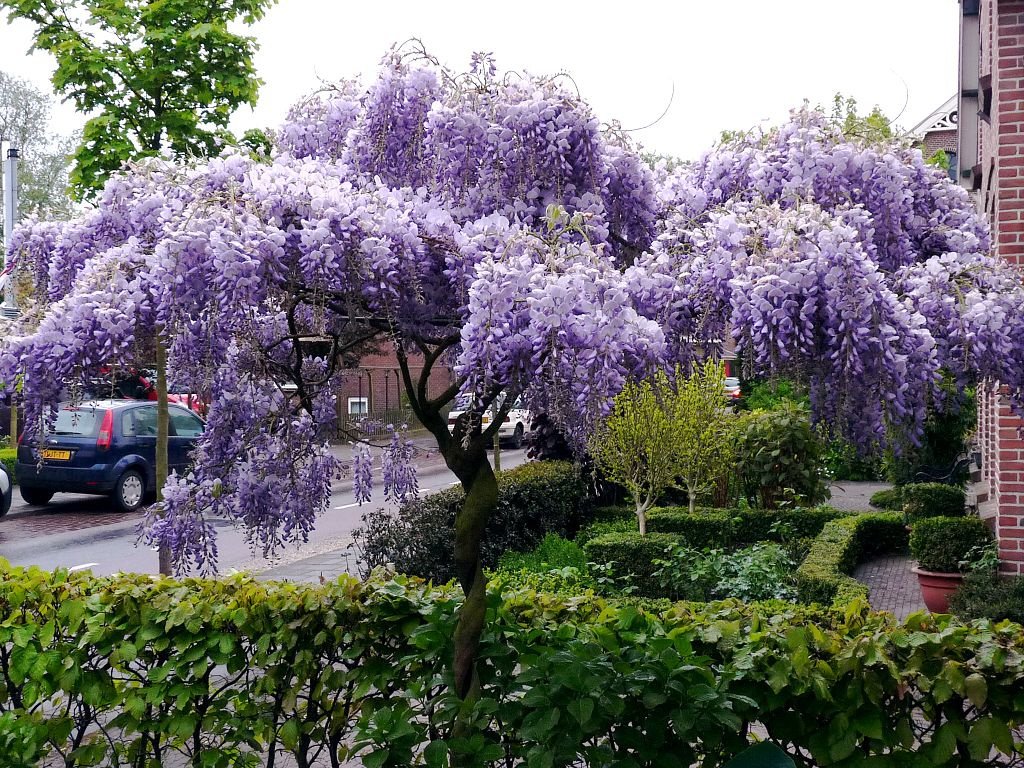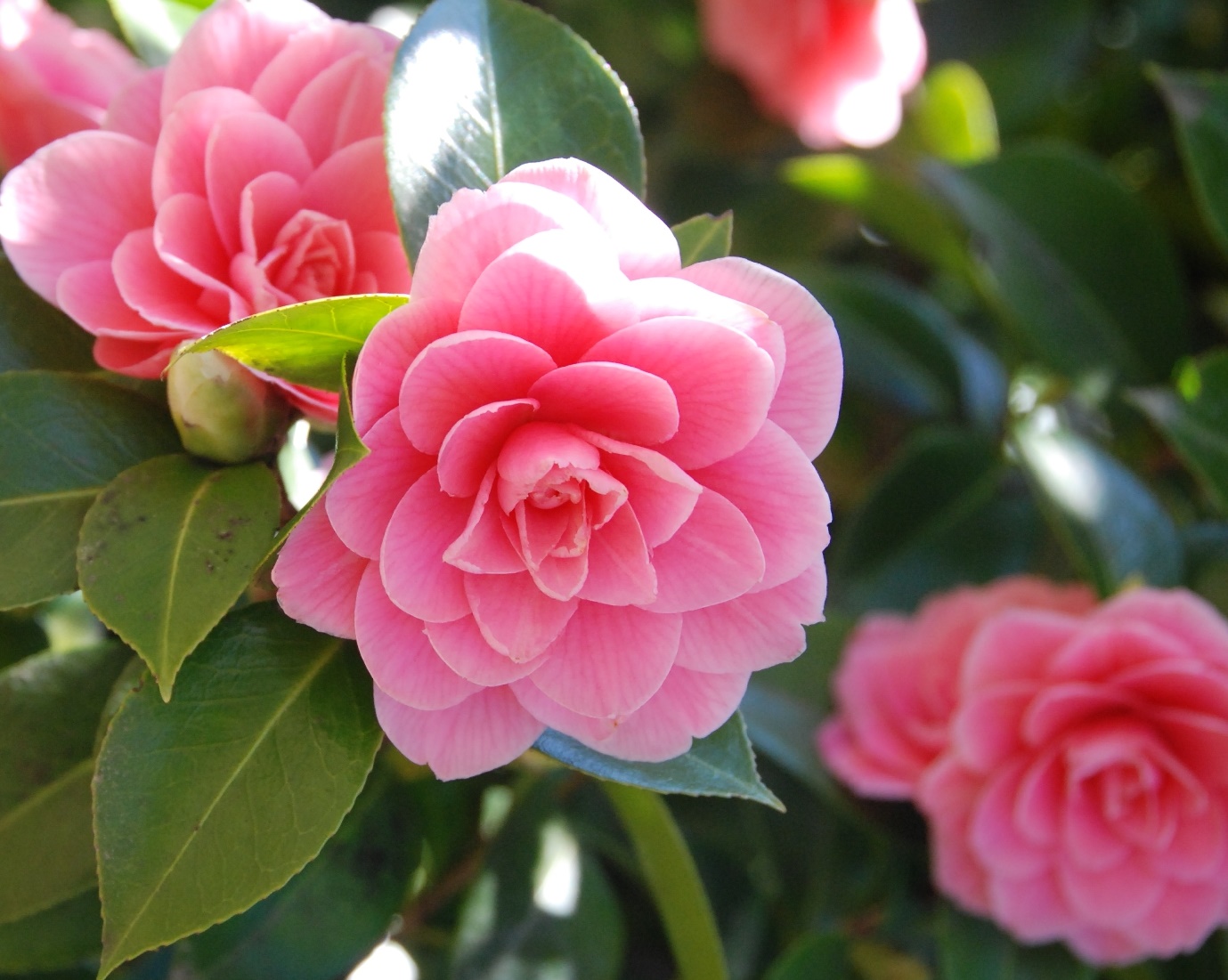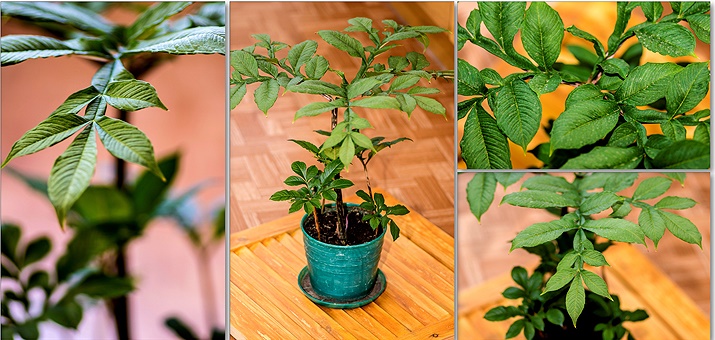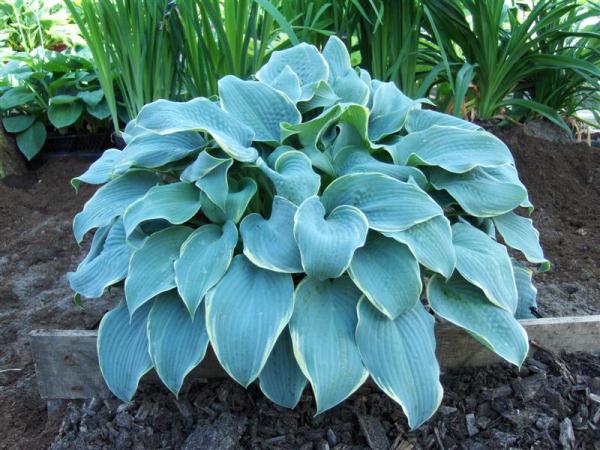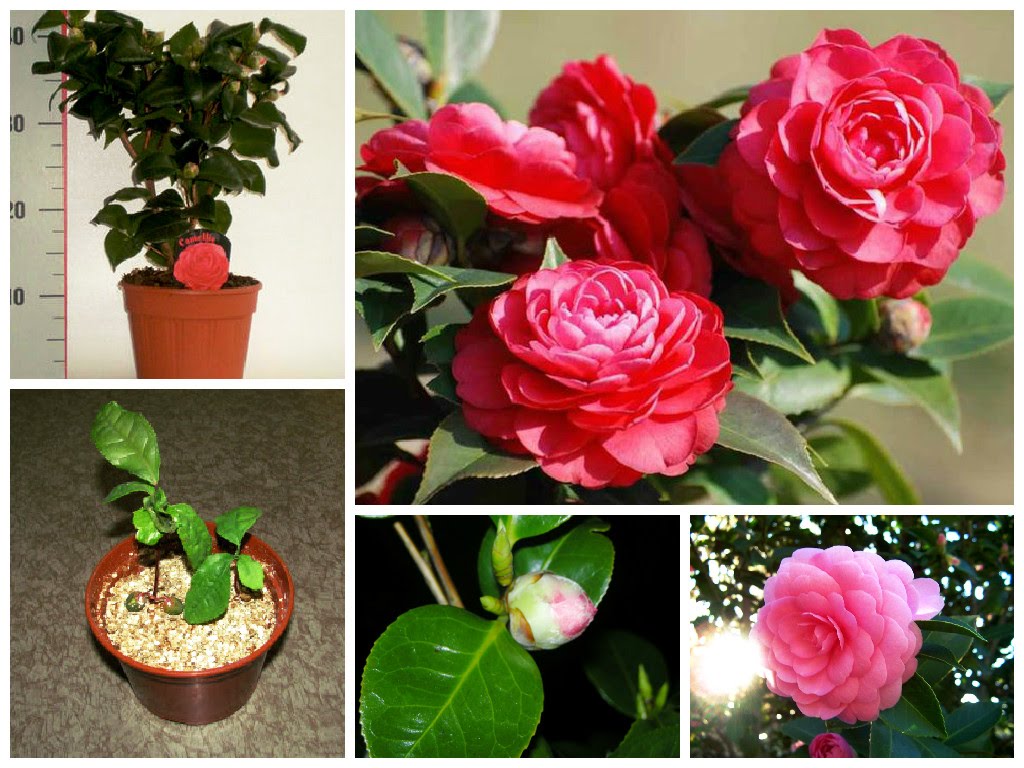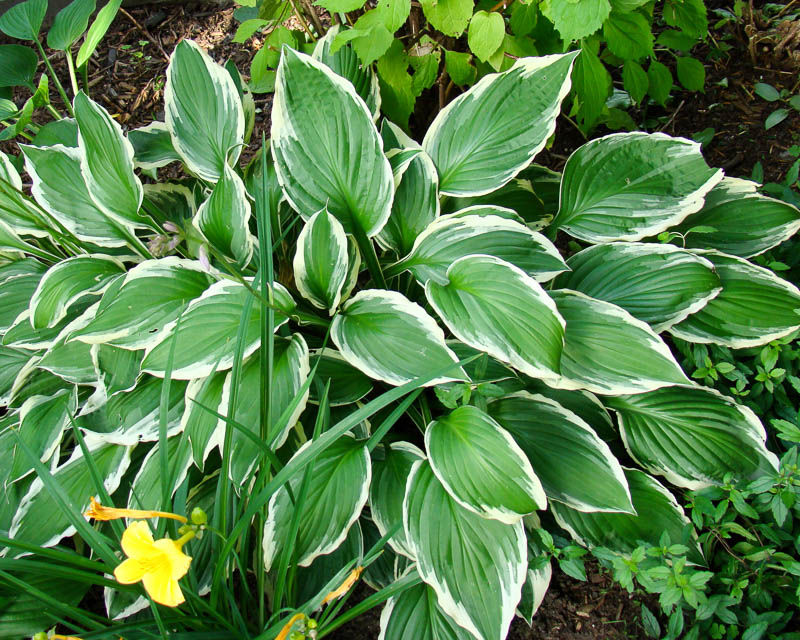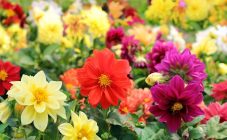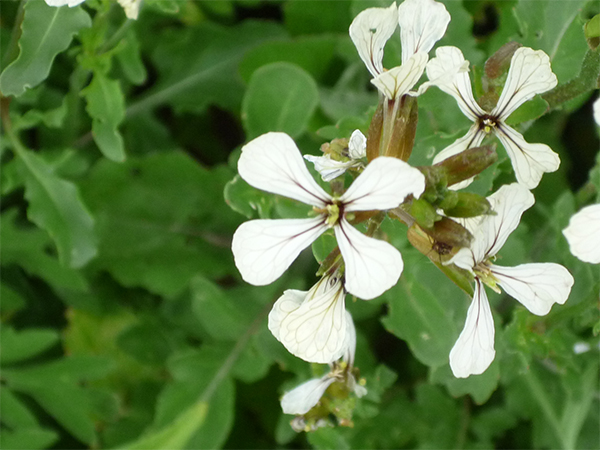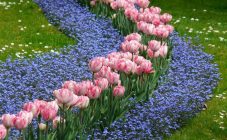Content:
Japan is an amazing country with its parks and squares, created according to the old traditions of Japanese art. It is in this country that the concept of khanami - admiring flowers - exists. The Japanese treat flowering plants with respect, admiring their beauty and aroma. Any tea ceremony is accompanied by the decoration of the table with a composition of flowers.
The nature of this amazing country also comes to the aid of local residents in their cultivation. A lot of sun, moisture, mild climate make it possible for many rare plants to grow and flourish. In addition, the Japanese not only plant flowers everywhere, but strive to increase the flowering period, bring out plants of unusual color, increase their volume and splendor. It is not for nothing that there is a statement that Japanese flowers are the most beautiful.
The variety of colors in Japan and their characteristics
The following flowers are traditionally Japanese:
Chrysanthemum
Few people know that the well-known chrysanthemum comes from this country. Many people repeat the mistake, believing that sakura is considered the symbol of Japan. But the chrysanthemum is the imperial plant, like the sun, a symbol and amulet. In her homeland, she blooms at the beginning of spring, even roses are sometimes inferior to her in unusual beauty. In addition, the Japanese add the petals of this plant to tea and various dishes. In the fall, exhibitions are held, where instead of fabrics on sculptures, floral outfits are all made of chrysanthemum flowers.
Sakura
The second most popular cherry tree in Japan is sakura. The tree can grow up to 25 m in height, each cluster has up to 8 flowers. In Japan, entire parks are planted with various sakura species. Bloom occurs from March to June with predominantly pink flowers. In spring, tourists from all over the world come here to enjoy the contemplation of its beautiful flowers. At night, picnics are held under sakura trees, the flowers of which are softly illuminated by small rice paper lanterns.
Wisteria
Those who want to enjoy the splendor of the wisteria (wisteria) bloom should visit Ashikaga Park, in which the plants are planted very densely, create whimsical compositions and are a real decoration. Wisteria is a vine twining around a support (another tree, pillar, arbor). It blooms in large hanging bunches, spreading around itself a sweetish aroma that attracts bees.
Hinanbana
About Hinanbanu - Japanese red flower (spider lily), or lycoris, there are many legends that are associated with the Japanese kingdom of the dead. This fiery red lily has narrow petals strongly curled downward with long stamens resembling a tongue of flame. Blooming red Japanese flowers coincide with the celebration of the Higan equinox. Because of its toxicity, the flower is planted on graves so that wild animals do not dig out the dead, as well as along the perimeter of fields to protect it from erosion of the earth and from raids by rodents.
Japanese camellia
Belongs to the Camellia genus, the Tea family.It grows in the wild in Japan, China, South Korea. It is a shrub or tree up to 9 m high with gray-brown shoots. The flowers are up to 8 cm in diameter and contain 5-6 petals. Currently, more than 10 thousand hybrids of camellias of pink, red, cream colors are known. Some hybrids have double flowers, which makes them look like peonies and roses, so it is not for nothing that one of the names of camellias is winter rose. Leaves are dense, dark green, simple oval in shape with even or small jagged edges. It blooms from the beginning of winter to April as single or paired flowers. Japanese camellia is a flower that forms fruits with large seeds at the end of summer.
Japanese umbrella
The Japanese umbrella, or amorphophallus cognac, grows in the wild in Japan, Thailand, China, and the Philippines. There are both small specimens and giants. They grow from tubers weighing about 5 kg, resembling a potato in appearance. The tuber produces only one leaf, which can grow up to several meters in height. During the rest period, it dies off, and the next year it grows even higher.
The plant usually blooms after 5 years, the buds begin to bloom in the new growing season. Flowering lasts about 2 weeks. During this time, the tuber decreases in size due to the consumption of nutrients. A distinctive feature of the flower is the smell of rotting protein, especially during flowering. This scent attracts insects for pollination. The fruits are round berries with seeds.
Japanese fatsia
Japanese Fatsia flower belongs to the Araliev family. It got its name from the number 8, which means "fatsi" in old Japanese. Leathery dense green petal is cut into 8 lobes. In nature, fatsia is an evergreen shrub and grows up to 3 m. It blooms with an umbrella, which includes smaller inflorescences. The fruit is a bone ball with seeds.
Hosts
Hosts grow in Japan, Korea, China, and can be found in the south of the Far East. In Japan, they are considered sacred plants, decorating Buddha statues with them, and some parts of the plants are used for cooking. For a very long time, the hosta could not get to Europe due to the prohibition of the Chinese and Japanese to export it outside their countries. Hosta leaves are located on petioles, can be narrow and long, as well as cordate and almost round with longitudinal stripes. The color is yellow, green, blue with shades.
Japanese flower care
The natural conditions for the growth of Japanese flowers are a warm mild climate and a sufficient amount of moisture. It takes some effort to grow any Japanese flower at home. The general requirement for them is the absence of direct sunlight, sufficient soil moisture with an acidic or neutral pH.
Cultivation of Japanese camellia
One of such capricious flowers in terms of care is Japanese camellia. It should be grown in tubs or large flowerpots. The plant is very demanding on light and should be illuminated for about 14 hours a day, but it is contraindicated in the camellia sun, as its leaves will get burned. The soil for planting requires loose and sour. The soil is suitable for both azaleas, conifers and rhododendrons, the presence of drainage is a prerequisite. For irrigation, melt or settled water is used.
After 2-3 weeks of flowering, a dormant period begins. At this time, watering and feeding stop.This is the best time to transplant a plant. The procedure is carried out by transferring from one pot to another with the addition of fresh soil. When transplanting, it is advisable to pinch young shoots, which will lead to thicker foliage in the future.
Camellia is fed once a month, and during the flowering period, once every 10-15 days. Camellia is propagated by cuttings. A young shoot containing at least 5 leaves is cut off, treated with a root former and placed in a peat mixture under a glass or plastic cap for 50 days. After a year, it is possible to transfer to a more spacious container.
Growing a Japanese umbrella
The Japanese umbrella is mistakenly called a palm tree, because only one dissected leaf grows from the tuber, expanding towards the bottom and similar to the trunk. The Japanese umbrella, or amorphophallus, is not difficult to grow at home, but not everyone is familiar with the peculiarity of the plant to hibernate and then wake up and grow again. The dormant period lasts about 5-6 months in winter. To grow a Japanese umbrella you need:
- diffused light;
- north, east or west window sills
In the spring and summer periods, complex or phosphorus fertilizers are applied regularly (after 10-15 days). Abundant watering is carried out as the earthen coma dries up, waiting for the water to seep into the pan. After the top of the plant dies off, the tubers are removed from the pot, examined and stored in cardboard boxes in a cool place.
In early spring, sprouts appear on the surface of the tubers, which is a signal for planting. Prepare a mixture consisting of leafy earth, humus, peat and sand (1: 1: 1: 0.5). Down the pot is poured 1/3 of the height either coarse sand, or expanded clay, then soil to half the pot, into which the tuber is immersed, leaving part of the sprout above the surface. It is periodically necessary to add soil to the plant, since the daughter tubers are formed at the top of the parent. Due to these children, the plant reproduces.
Growing Japanese Fatsia
Of the whole variety of types of fatsia, only Japanese fatsia (aralia) is bred at home. It is used to decorate the interiors of large rooms, as it grows up to 1.5 m in height.
After purchasing a flower in a store, after 2 weeks it must be transplanted, shaking off the entire earthen lump from the roots, at the same time, the roots are examined for decay. The soil is prepared by themselves, taking equally sod and leafy soil and sand, or bought in a store. The plant loves either slightly acidic soil, or neutral. Fatsia is fed 2 times a month with a complex of fertilizers for flowers.
An adult plant is transplanted once a year if the roots have filled all the space inside the container. First, a drain is placed on the bottom of the pot. This could be:
- broken brick;
- fragments of an old clay pot;
- expanded clay.
Then:
- pruning rotten and old roots;
- the earth is shaken off them;
- the pot is half filled with soil;
- a plant is planted;
- the roots are covered with soil;
- watered abundantly.
Watering is plentiful in summer and moderate in winter.
Aralia propagates in 2 ways:
- layering;
- cuttings.
The plant is propagated by layering in the event that there is no foliage on the lower part of the trunk. An incision is made on the shoot, wet moss is put into the wound and wrapped with cellophane on top. You can soak the moss with a root former or phytohormones. After 1.2 months, roots will appear, the plant is cut just below the new roots and planted in a pot.
For propagation by cuttings, the top of the shoot is cut off and rooted in a wet mixture of sand and peat, covered with a glass dome on top. After 1.2 months, the plant will fully take root.
Host care
Hosts don't like the sun.It is in the shade and partial shade that they show their real color, they like to grow near reservoirs on loamy soil. The hosts are fertilized 3 times per season. In the spring they give complex fertilizers, during the flowering period - phosphorus and potassium, before the fall they are fed with potassium sulfate. Hosta reproduces best by dividing the bush. To do this, it is dug up and divided into several parts with a sharp shovel, so that there are 5-6 leaves on the dividers.
Diseases and pests of Japanese flowers
The main pests of Japanese flowers are:
- Spider mites, scale insects, are fought by wiping plants with soapy water. For the prevention of spider mites, the Japanese umbrella is irrigated every day from a spray bottle to increase humidity.
- Root or gray rot. Replacing the soil, pruning diseased roots and processing them with potassium permanganate helps here.
- Fungal diseases. Treatment with fungicides helps against them
If you want to, you can create a little Japan at home by growing flowers and enjoying their beauty. But, so that everything goes without a hitch, one should bear in mind the peculiarities of cultivation and care described above.
